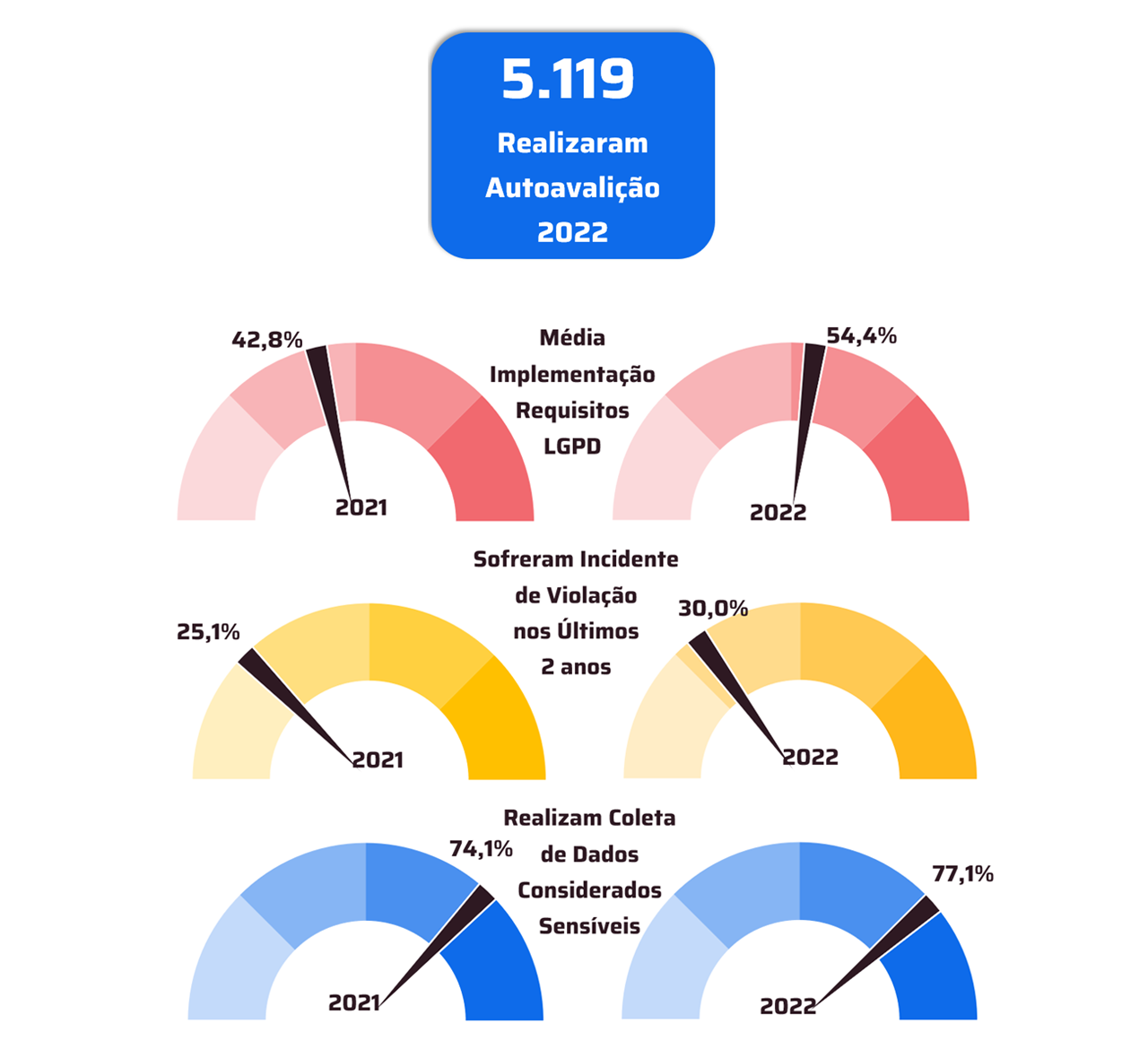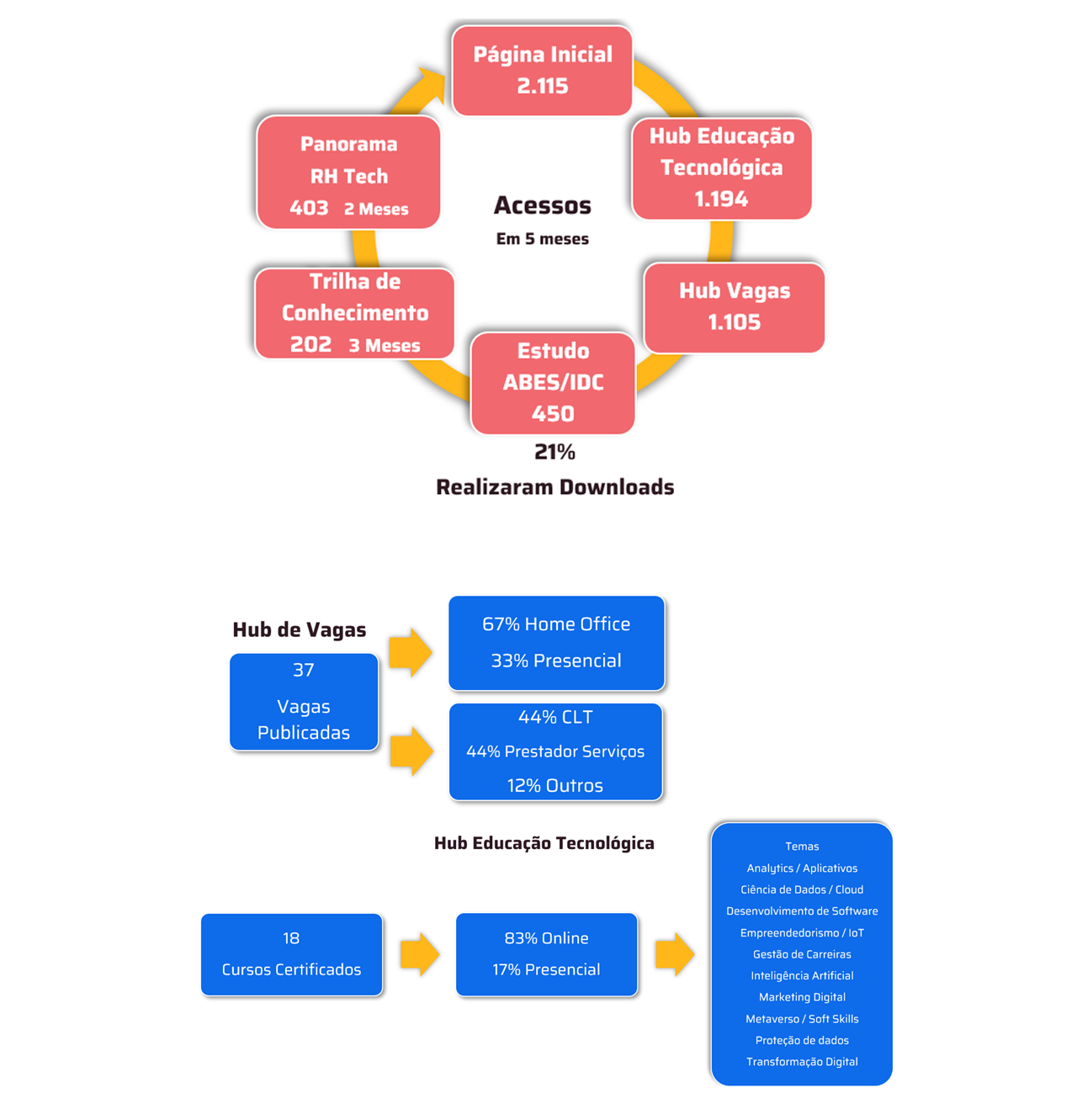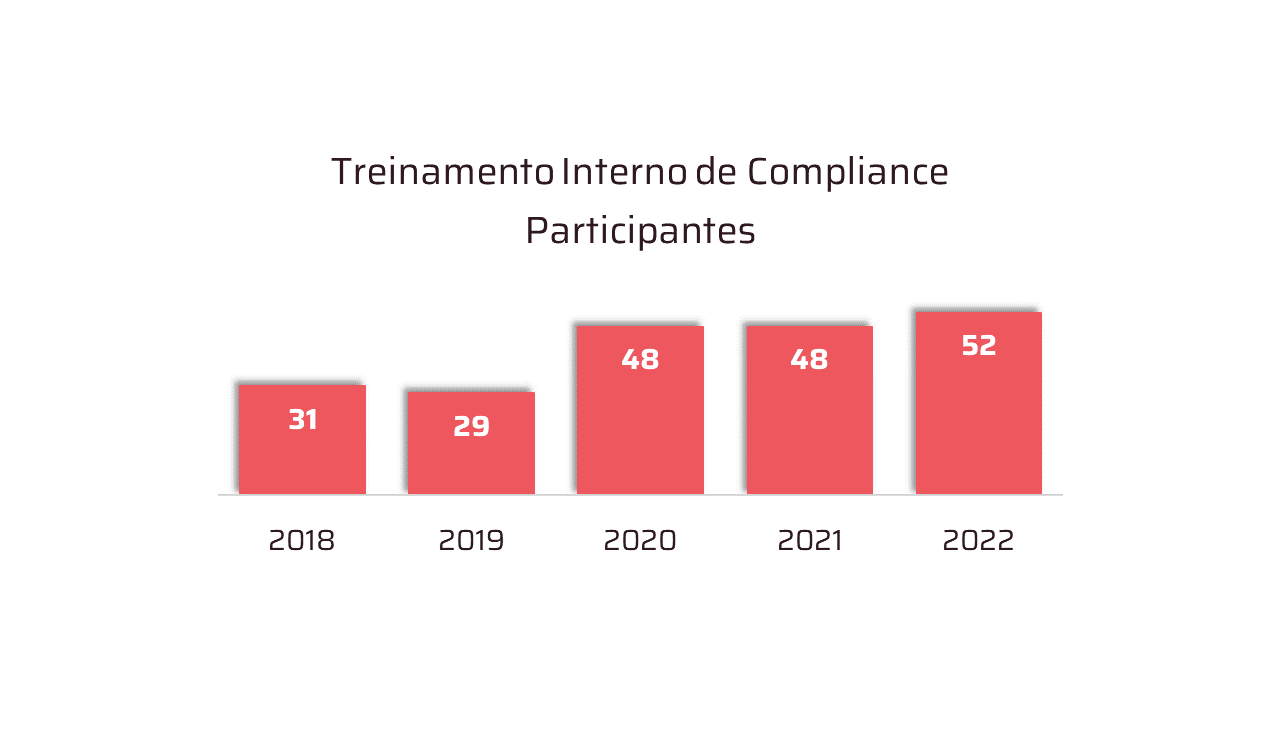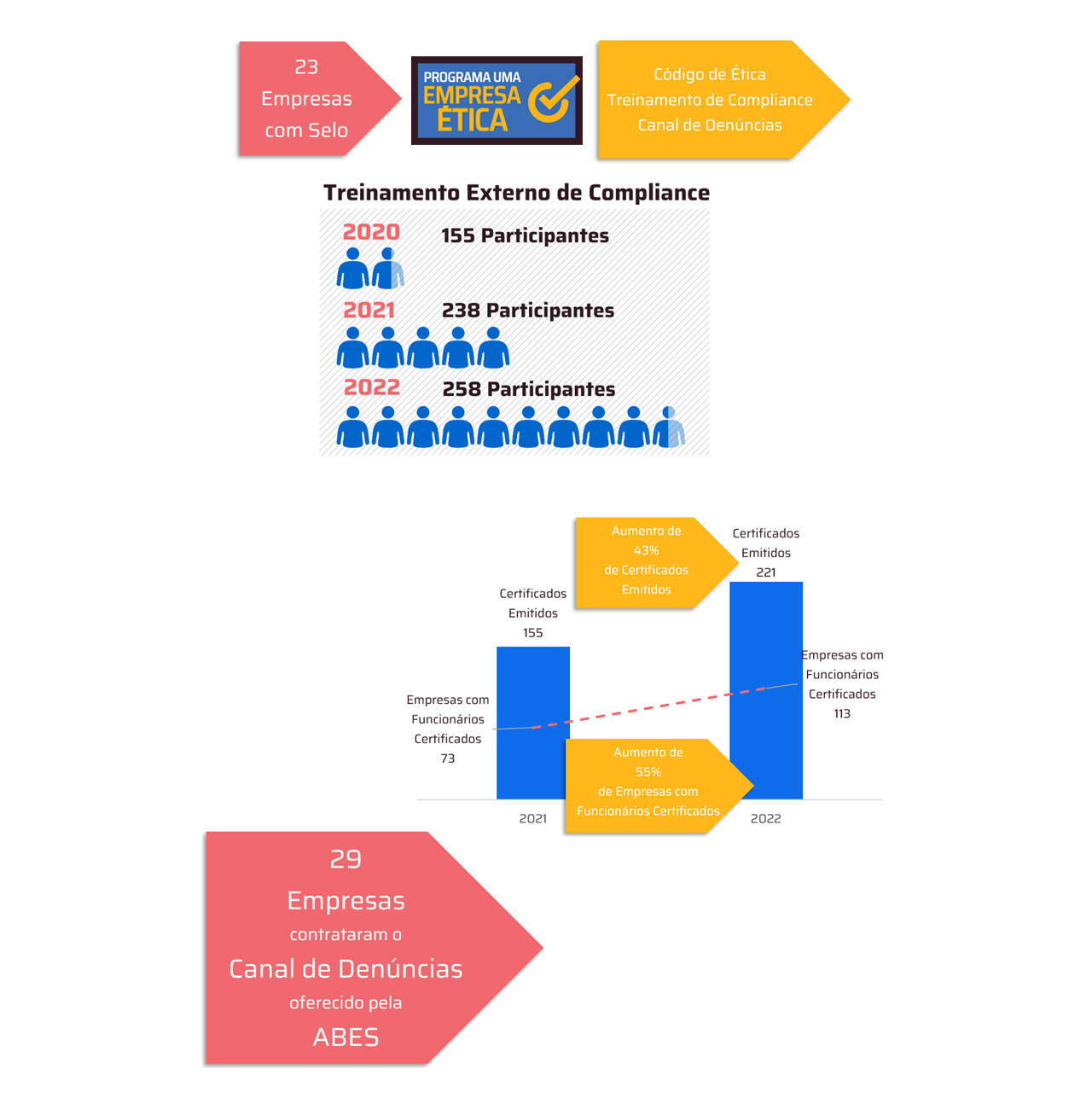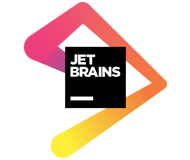 *By Francisco Larez
*By Francisco Larez
With the advent of Chat GPT, the term “Generative AI” has become increasingly popular and is gradually being incorporated into a wide range of fields and industries. This technology is capable of generating content based on user input and request, also known as prompt. The tool is emerging as a transformative force for businesses and thus brings substantial benefits such as innovation, efficiency, and improved business operations.
Between 30% and 40% of jobs in Latin America and the Caribbean are exposed to generative AI, according to a joint study by the World Bank and the International Labour Organization. Although only 2% to 5% of jobs are automated, this technology could transform tasks rather than replace jobs.
However, for the benefits to be realized, it is crucial to address the challenges posed by integrating generative AI into enterprise systems. The key to solving these challenges lies in combining them with a semantic layer within data systems. This acts as an intermediary and translates complex technical data into accessible and easy-to-understand information for businesses, bridging the gap between raw data and actionable insights.
What are the advantages of carrying out this task?
- Reduction of “hallucinations”
A lack of human reasoning and understanding of generative AI models leads to an inability to understand or even misinterpret a user’s questions. This can lead to the creation or invention of incorrect answers, called “hallucinations.” While they will never completely disappear, companies can reduce them by using semantic data platforms to contextualize and harmonize data into the correct canonical model for AI.
- Improving the reliability of AI generative results
To increase the accuracy and reliability of the answers obtained, companies can combine generative AI with enterprise data systems. The ability of this technology to act on semantic data allows companies to gain unique insights into the organization. For example, the combination of generative AI with MarkLogic and Semaphore allows companies to benefit from semantically tagged data that acts as the associative memory of generative AI. In this way, questions can be formulated in natural language based on the most relevant private data. By consuming and processing private or proprietary data, AI gains deeper knowledge of the company’s products and services, customers, and internal processes.
- Transparent and auditable results of generative AI
Connecting generative AI to a data platform makes it more transparent and allows it to reference and parse specific Uniform Resource Identifiers (URIs) from the private data provided to it to generate answers. It stores them for later use, rather than having the AI generate the same answers over and over again. This saves resources and helps improve the system’s training over time.
- Data security and compliance with company standards
Generative AI is trained on large amounts of data. However, when it comes to private and corporate data, companies should be especially cautious, as using this data to train generative AI can raise privacy concerns. To avoid this, organizations can limit what specific data is shown to the AI using role-based security rules. This ensures that it only consumes data that is allowed by user roles or query rules and prevents it from receiving or displaying unauthorized information.
- Better data quality
Integrating enterprise data with data management platforms benefits companies by improving data quality. They can integrate processes such as data harmonization, deduplication, and mastery to ensure consistency across multiple sources and minimize the amount of redundant data. By aggregating and analyzing data to identify biases in AI generative responses, organizations improve data quality throughout its lifecycle.
- Scalability and integration with existing systems
Implementing generative AI in an enterprise is a complex endeavor that requires significant resources, both technical and human. Without a solid foundation, scalability can become a major hurdle as data and needs grow. However, tools like MarkLogic and Semaphore offer a robust and secure platform that stores all enterprise information, making it easy to scale without having to redo indexing or regenerating data every time the model is updated. So, rather than treating AI as a one-size-fits-all solution, enterprises should focus on building a well-planned and sustainable data architecture that allows them to integrate generative AI seamlessly over the long term.
- Innovative cost savings
Generative AI can be implemented for different use cases across industries and can lead to cost savings. By automating routine tasks and improving business processes, companies can free up employees to focus on more critical business activities.
Incorporating generative AI into a company is not just a technological breakthrough; it is a critical decision for success. It helps maintain competitiveness, improve business operations, and use workforce more efficiently. Positioning an organization for the future involves not only continuing to focus on soft skills, but also staying on the path of innovation and technological growth.
*Francisco Larez is Progress' vice president for Latin America and the Caribbean
Notice: The opinion presented in this article is the responsibility of its author and not of ABES - Brazilian Association of Software Companies





